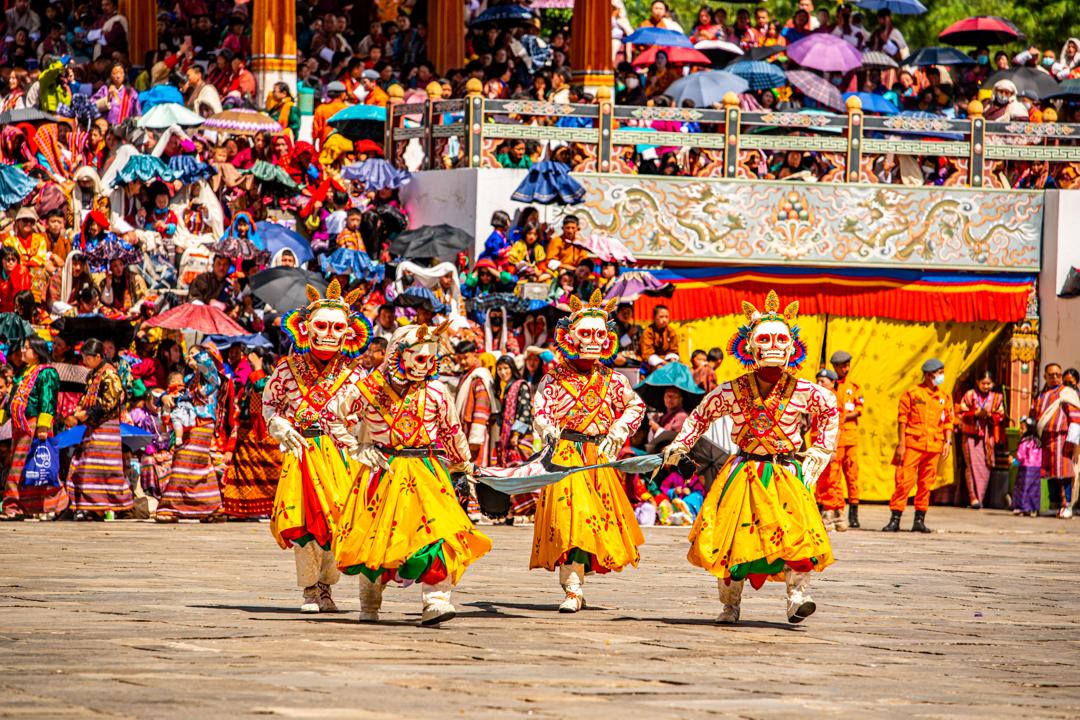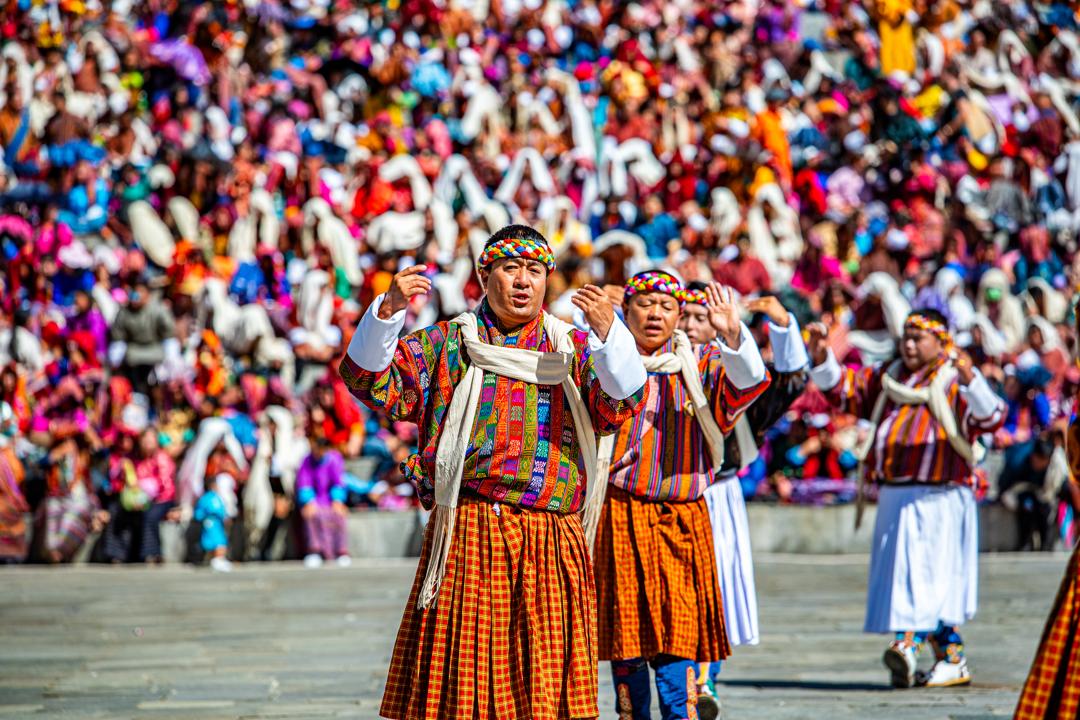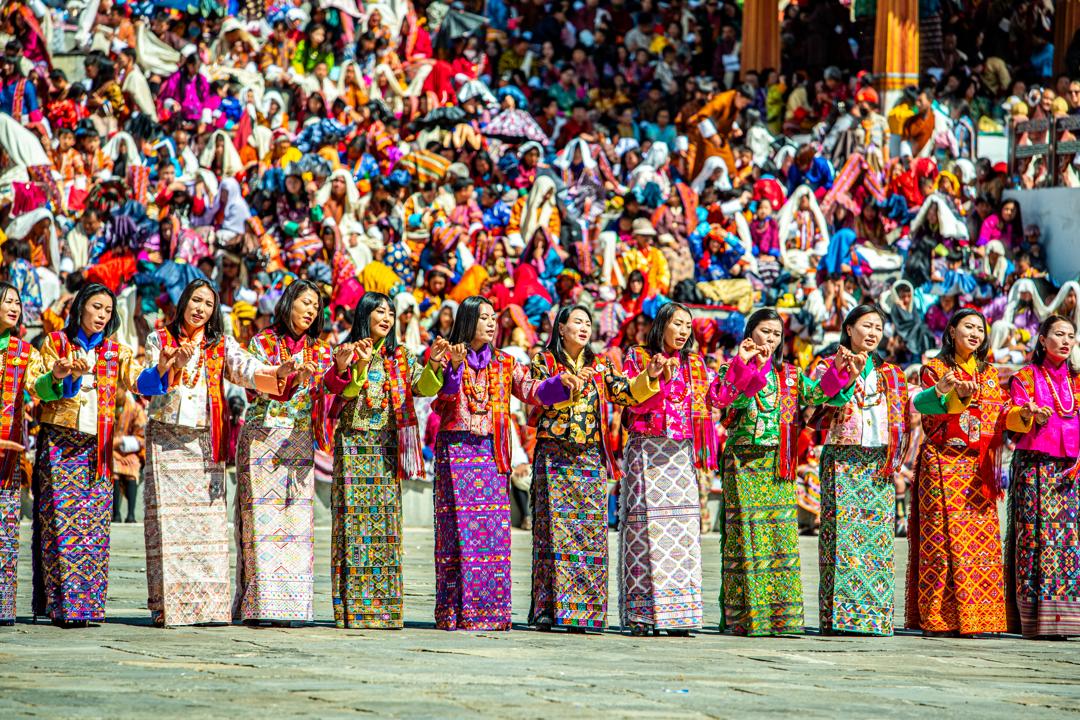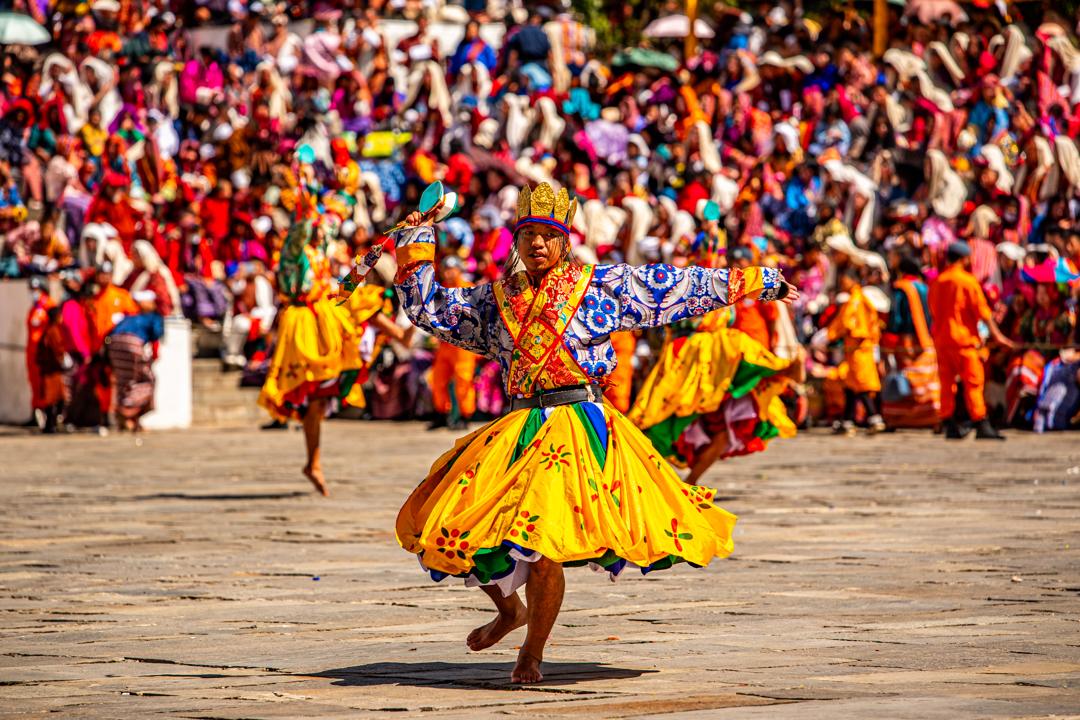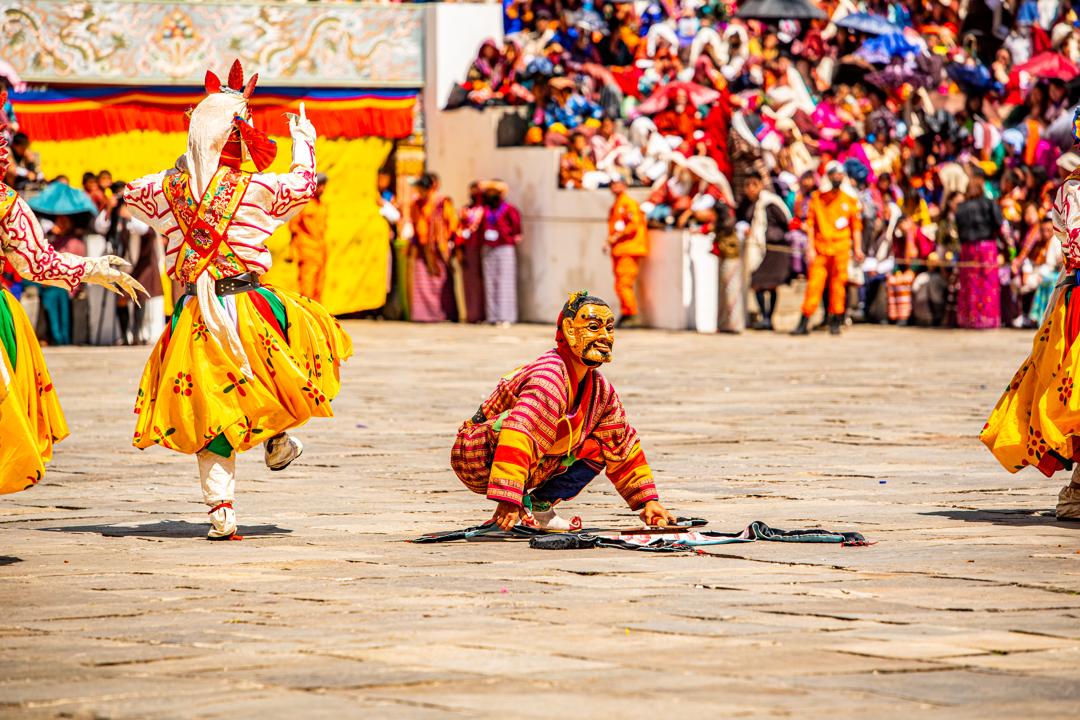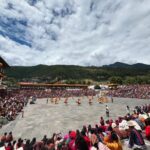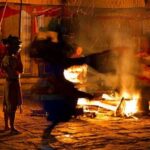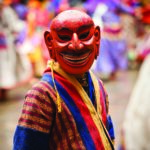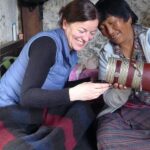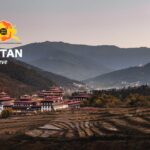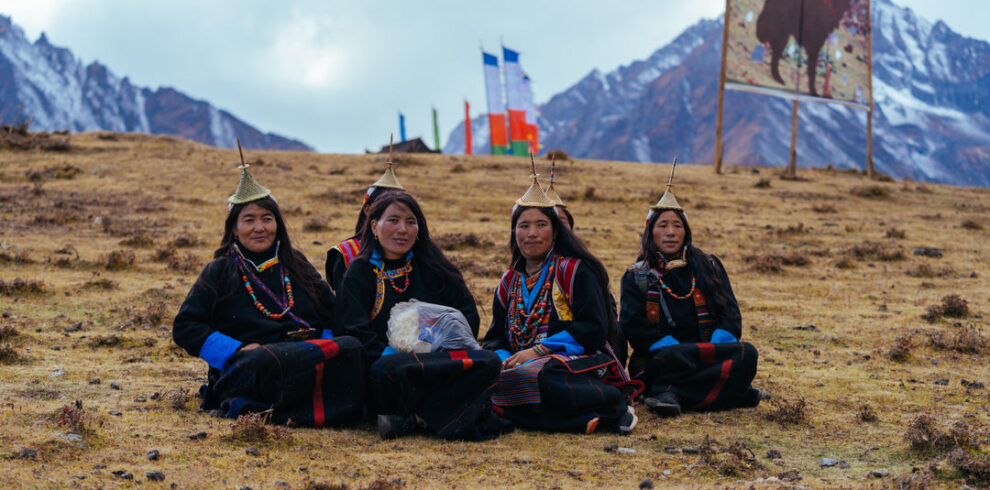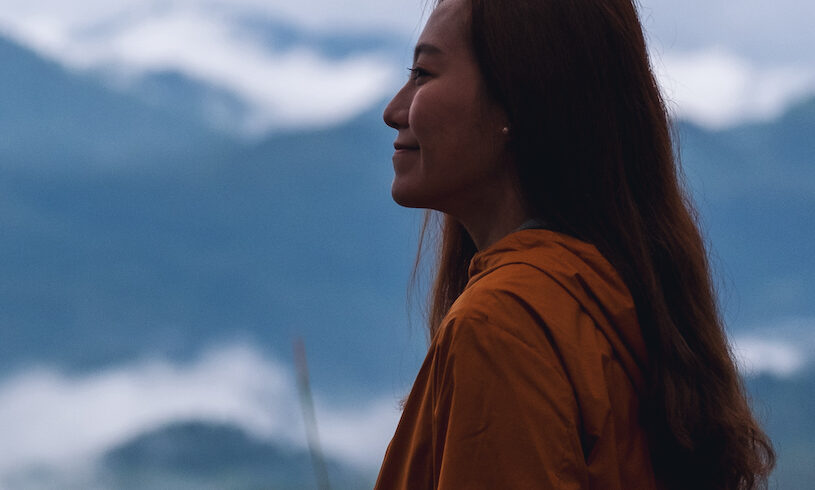Your Travel at a Glance
Embark on an unforgettable 7-day journey through the enchanting Kingdom of Bhutan. Experience the perfect blend of ancient traditions and modern development in Thimphu, the country’s capital. Explore the lush valleys and historic dzongs of Punakha, and conclude your adventure in Paro, home to the iconic Tiger’s Nest Monastery. This carefully crafted itinerary offers a deep dive into Bhutanese culture, stunning landscapes, and spiritual sites that will leave you in awe.
The Thimphu Festival, also known as Thimphu Tshechu, is one of Bhutan’s largest and most colorful religious festivals. Held annually in the capital city of Thimphu, it typically takes place in September or October, lasting for three days.
2 Nights Thimphu | 2 Nights Punakha | 2 Nights Paro
Reasons to visit:
- Cultural immersion: Experience authentic Bhutanese traditions and Buddhist rituals.
- Spectacular performances: Witness masked dances, folk music, and religious ceremonies.
- Vibrant atmosphere: Join locals in their festive attire and enjoy the lively ambiance.
- Spiritual significance: Gain insight into Bhutanese Buddhism and seek blessings.
- Unique photography opportunities: Capture colorful costumes, masks, and ceremonies.
- Local interaction: Connect with Bhutanese people in a joyous setting.
- Seasonal beauty: Enjoy Bhutan’s pleasant autumn weather and scenery.
FACTS ABOUT YOUR TRIP
-
October
-
Premium Hotels
-
Paro
-
Fullboard
-
Private Vehicle
Overview
This Tour is a fusion of the Cultural tour with impressive festival celebrations. At the Tshechu (meaning “Festival”) you can see various Chhams (mask) dances performed by the monks in the courtyard of the Tashichho Dzong.
Journey Hightlights
- Tigers Nest Hike
- Thimphu Festival
- Culinary Experience
- Hot stone Bath
- Archery game
- Cultural
Sneak Peek of the Experience
Includes/Excludes
WHATS INCLUDED
- Accommodation in one double or twin room
- All Meals
- All transfers in private vehicles
- English speaking guide
- All Sightseeing's as per the itinerary
- All entrance fees as mentioned in the itinerary
- The Sustainable Development Fund for 6 Nights and one time visa fee only
- All current taxes as on date of departure - subject to change as per hotel / airline / government policies
WHAT'S NOT INCLUDED
- Any airfare
- Any international airfare / airport taxes not mentioned in the itinerary
- Any airfare for domestic flights not mentioned in the itinerary
- Helicopter tour
- River rafting in Punakha Valley
- All items of a personal nature, including gratuities, laundry, phone calls etc.
- All gratuities for guides and drivers
- All insurance and emergency rescue
- All additional costs arising out of flight cancellations / road blockades / landslides / riots and any other events out of our control
- All expenses of personal nature and any other expenses not mentioned in the itinerary cost Hotel surcharges during festival period / Christmas and New Years Eve • Any change in tax structure resulting from the hike in published tariff
- Any video / still camera fees to the monuments and places of visit • Any other item not explicitly mentioned in the itinerary cost
- All costs for additional meals not mentioned in the itinerary • Sightseeing and excursions other than those mentioned in the itinerary
FAQ
The Thimphu Festival, also known as Thimphu Tshechu, is one of Bhutan’s most vibrant religious celebrations, held annually in the capital, Thimphu. It honors Guru Rinpoche, the patron saint of Bhutan, and features colorful masked dances, traditional music, and rituals performed by monks and laypeople. It’s a deeply spiritual and culturally significant event that attracts both locals and visitors alike.
The festival typically occurs in late September or early October, following the lunar calendar. The exact dates vary each year, so it’s recommended to check with us for official event dates before planning your trip.
The festival is held at the Tashichho Dzong, a grand fortress and monastery in Thimphu that also serves as the seat of Bhutan’s government and the summer residence of the Je Khenpo, the head of Bhutan’s monastic body.
The Thimphu Festival usually lasts for three to four days. Each day features different performances and rituals, so many travelers choose to attend on multiple days to experience the full spectrum of the festival.
You’ll witness a series of traditional masked dances (known as cham), religious rituals, and vibrant performances. Monks and laymen, dressed in elaborate costumes, perform sacred dances that depict stories from Buddhist mythology. There are also opportunities to observe cultural displays, enjoy local food, and interact with locals.
While there’s no strict dress code for tourists, it’s respectful to dress modestly. For locals, this is a formal and religious occasion, so they wear their best traditional attire. It’s recommended to wear long sleeves and pants or skirts and to avoid revealing clothing. Comfortable shoes are also important, as you may be standing or sitting for extended periods.
Entry to the festival is free for locals and for guest its already included in your package cost. It’s a good idea to arrive early to secure a good spot, as the festival attracts large crowds.
Since the festival takes place in late September or early October, the weather in Thimphu is generally mild, with cool mornings and evenings and might experience a little rainfall as well. Daytime temperatures can be warm but comfortable. It’s recommended to bring, umbrellas, layers, as temperatures can drop in the evenings, especially at higher altitudes.
As the Thimphu Festival is a religious and cultural event, it’s important to show respect. Keep quiet during performances, refrain from touching the performers or sacred objects, and follow local cues on behavior. It’s also polite to ask for permission before taking close-up photos of people, especially monks and performers.
Yes, photography is generally allowed during the Thimphu Tshechu.
Absolutely! The festival is a family-friendly event and an excellent opportunity for visitors of all ages to learn about Bhutanese culture and spirituality. Children may enjoy the colorful costumes and lively performances, though it’s important to be mindful of the long durations of some events.
To fully immerse yourself in the Thimphu Tshechu, consider attending multiple days of the festival. This allows you to see a wider variety of performances. Try to learn a bit about the significance of the dances beforehand so you can appreciate the stories behind them. And don’t forget to interact with locals—they’re often happy to share the meaning behind the rituals and their own experiences.
While in Thimphu, you can visit several attractions like the Buddha Dordenma statue, Memorial Chorten, and the National Institute for Zorig Chusum (the school of traditional arts). After the festival, you can explore Thimphu’s local markets, offering handicrafts, textiles, and souvenirs, or take a leisurely walk through the city center, which often comes alive with festivities.




